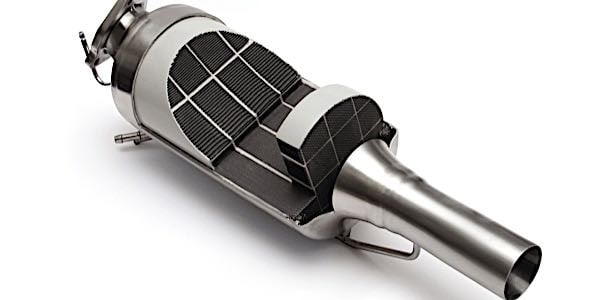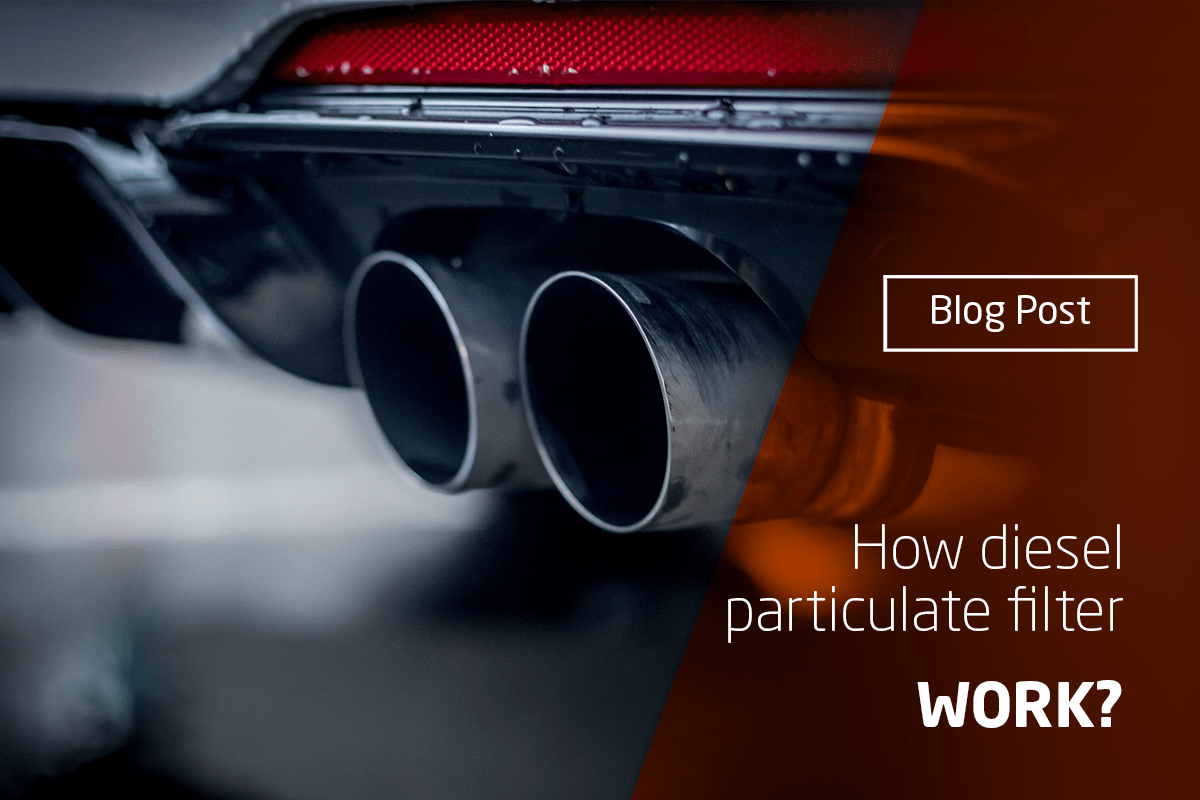The Euro 5 standard defines the permissible exhaust emissions in passenger cars, trucks and similar vehicles. To meet the requirements of the legislator, special solutions must be used, such as a particulate filter. How does it work, what does it consist of and how to care for it? We will look at these issues in this blog post.
What is a DPF and what is it for?
Generally speaking, it is an element dealing with the purification of exhaust gases, which are a side effect of the fuel combustion process. Hence its abbreviation. DPF is developing in English as a diesel particulate filter.
The instrument is suitable for diesel engines. There is also a version designed for French engines that need wet filters. They are referred to as filtre à particules, or FAP for short.

Construction and operation of the particulate filter
The construction is not complicated and can be compared to a middle muffler. It consists of a tight structure made of high-quality metal with a ceramic insert. The arrangement is somewhat reminiscent of honeycombs with a larger diameter of holes and porous walls.
The channels that make up the particulate filter are located parallel to each other. Some of them have plugs placed at the outlet, and the rest at the inlet of the device. The alternation creates a grid that receives exhaust gases on one side and discharges them on the other.
How does it all work? The ceramic insert reaches a temperature of several hundred degrees Celsius, which causes the soot to burn out during the fuel combustion process. The generated contamination enters the inlet channels, where the largest particles are retained by the porous structure. Thanks to this, a maximum of 0.005 g/km of soot is released into the environment – i.e. as much as the Euro 5 standard mentioned at the beginning allows.
How to care for the particulate filter?
It is easy to see that the porous interior of the channels, which collect larger fragments of impurities, become clogged over time. This is a natural result of the operation of this device. However, there are several ways to extend its lifespan. We will write about cleaning and restoring functionality in the next paragraphs. For now, we will focus on solutions related to the operation of vehicles.
First: refuel with high-quality fuel. This has a huge impact on the way it burns, and therefore also on the amount of particulate matter generated.
Second: you need to keep the engine in good technical condition. Increased oil consumption, incorrect compression, injector malfunctions – any faults in the drive unit are immediately noticeable in the DPF filter.
Third: it is worth examining the degree of wear of the turbocharger. A damaged one may cause engine oil to enter the inlet channels.
What is DPF cleaning?
There are several ways to remove impurities from the inside of the element. The most effective, of course, is to take it to a vehicle service station. Professionals equipped with precise tools will carry out safe DPF cleaning. However, this comes at a price, and it is not always necessary. It is worth remembering about home methods.
Self-cleaning is possible thanks to special preparations. They are poured into a cold filter in place of a pressure or temperature sensor. After several minutes of rotation on the so-called idling, the trapped solid particles are burned off. It should be emphasized that the use of fireplace fluid or any other substitute may damage the filter. Therefore, it is better to bet on more expensive, but completely safe chemicals.
There is also a method related to the use of a pressure washer. A strong, concentrated stream of water is able to remove the remains of dirt. Unfortunately, such cleaning carries the risk of damaging the structure.

Is DPF regeneration worth it?
Confidence of proper removal of impurities is gained only when specialized technology is used. This includes the so-called DPF regeneration. What is it about? It is nothing more than a deep cleaning using expert tools and agents. It usually takes place in a machine designed for this purpose. At the same time, specialists check the possible causes of clogging of the channels and – if the situation requires it – after the diagnosis, they deal with the necessary repairs.
The regeneration service is naturally more expensive than self-cleaning, but in the end it can bring a lot of savings. Improper use of a pressure washer or an untested liquid will probably damage the structure, which will force the replacement of the DPF, and this will reduce the wallet by up to several thousand zlotys.
That’s all you need to know about the diesel particulate filter, how it works and how to keep it in good working order. As you can see, this is not as complicated a device as it might seem.





